When it comes to packaging, the right box style isn’t just a detail—it’s foundational. The right choice affects everything from product safety to the unboxing experience. But where to start?
There are three primary box styles to consider: Folding Cartons, Rigid Boxes, and Corrugated Boxes. Each serves its unique purpose in the world of packaging. As a seasoned paper box supplier, we’re here to help you navigate these essentials.
Ready to dive deep into the world of box styles? Let’s get started.
01
Folding Cartons
Folding cartons are among the most versatile and widely-used packaging solutions. They’re primarily crafted from paperboard and are distinguishable by their ability to be folded and shaped into a wide variety of structures. This flexibility makes them a favorite in various industries, especially where intricate designs and branding are required.
Benefits:
- Customizability: One of the biggest advantages of folding cartons is the sheer range of customization. From die-cut windows to unique shapes, they’re adaptable to almost any design vision.
- Economical: They’re typically less expensive than other types of packaging, making them a cost-effective choice for large-scale production.
- Lightweight: Folding cartons are generally lighter than other forms of packaging, leading to reduced shipping costs.
Applications:
- Consumer Goods: Everything from cosmetics to confectioneries often finds a home in folding cartons.
- Pharmaceuticals: Medicines and health supplements are frequently packaged in these, often with child-proof mechanisms.
- Electronics: Smaller gadgets, headphones, or other accessories can be packaged neatly in branded folding cartons.
Folding carton styles:
The world of folding carton packaging is vast and varied. Each folding carton style caters to specific packaging needs, be it showcasing a product, ensuring durability, or offering a unique unboxing experience. Here’s a closer look at some of the standout styles that have reshaped the packaging landscape.
Tuck End Boxes: A staple in packaging, these boxes are characterized by flaps on the top and bottom that tuck into the box. Versatile and common, they can be found packaging everything from food items to electronics.
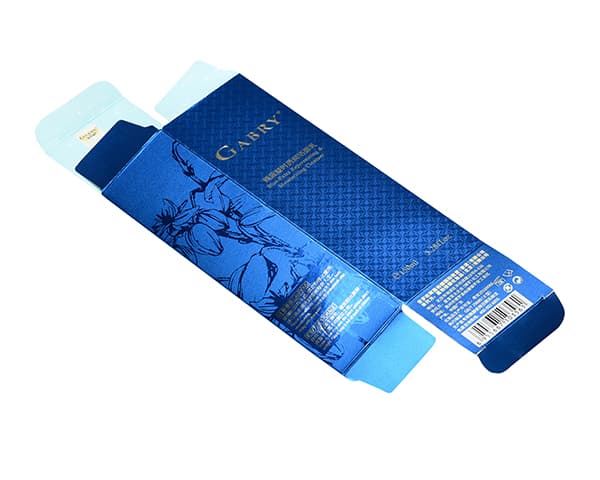
Tuck Top Auto Bottom Boxes: These have a similar design to tuck end boxes, but the bottom is folded and assembled. It’s sturdy and reliable, making it ideal for heavier items.
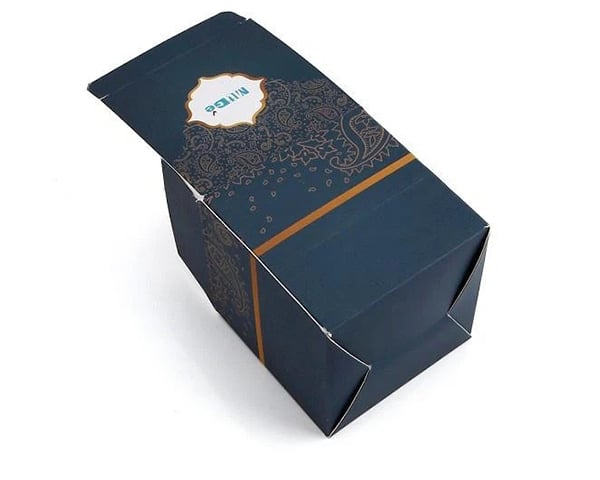
Tuck End with Hang Tab: This is essentially a tuck end box equipped with a hang tab for display purposes. Ideal for lightweight products, they are commonly found hanging in retail stores, maximizing space and visibility.
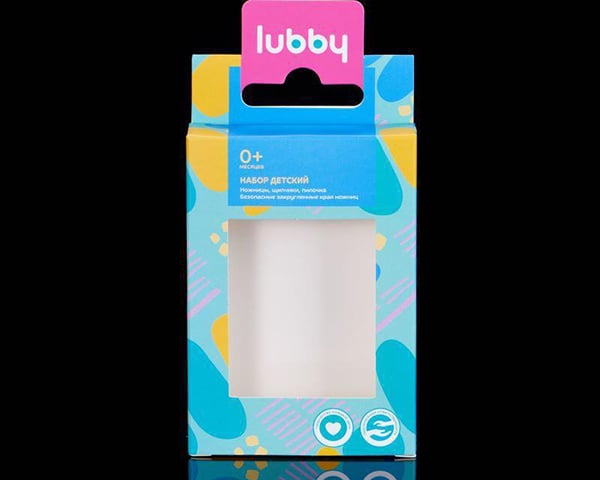
Sleeve Boxes: An elegant design that consists of a sleeve that slides over an inner tray or the product itself. This design offers a luxurious unboxing experience, frequently chosen for premium tech gadgets and high-end items.
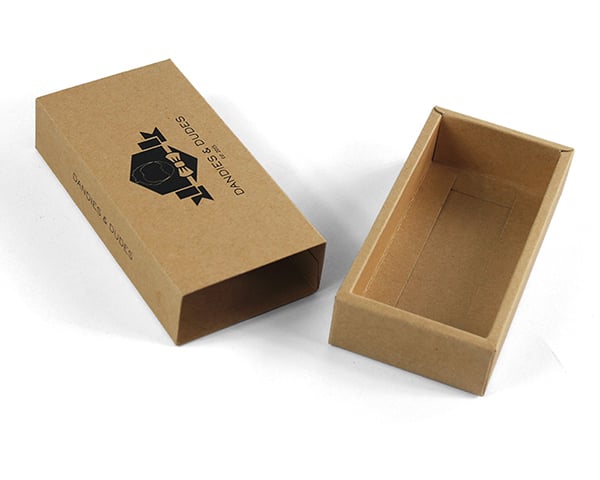
Double Wall Tray & Lid Boxes: Offering superior protection due to their robust structure, these boxes are often chosen for fragile or luxury items that require additional safeguarding.

Display Boxes: Primarily seen in retail environments, these boxes are designed to showcase the product inside. Often, they have a cut-out window or open front to attractively present the product, drawing immediate attention.

Tuck Top Boxes: These are characterized by their simple design where the top flap tucks into the box, ensuring a secure closure. They are versatile and can be found in various industries, from food to retail.

Pillow Boxes: Their distinctive pillow shape stands out, making them a popular choice for gifts, accessories, and smaller items. The curvaceous design offers a unique unboxing experience, setting them apart from more traditional box shapes.

Gable Boxes: Recognized by their unique triangular top coupled with a handle, gable boxes are multi-functional and are often chosen for gift packaging, takeaway food, or promotional events.
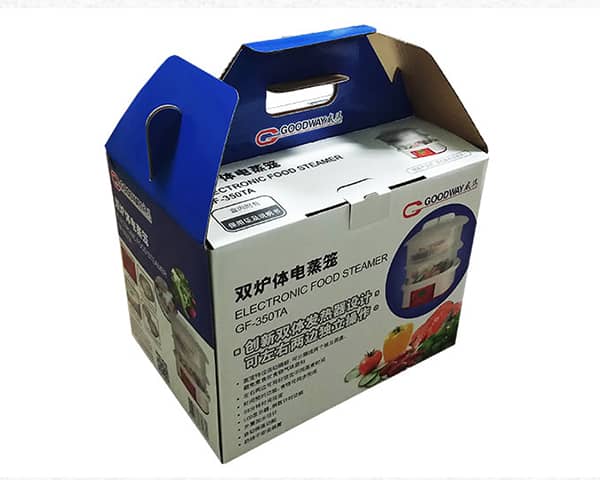
Folding Carton Paper Weight Suggestions:
For folding cartons, a paper weight range of 250-400gsm cardstock is typically preferred. This range ensures a balance between sturdiness, print quality, and the box’s overall feel. However, there are instances when a heftier paper is required. One could glue together two sheets of paper, such as two 250gsm sheets, resulting in an effective weight close to 500gsm. This method, while offering increased sturdiness, poses its own challenges. With such thickness, folding becomes particularly demanding, and the end result might not be as crisp as desired. Due to these complications, we generally advise against this unless it’s absolutely necessary for the product or design.
02
Rigid Boxes
Rigid boxes, often known as set-up boxes or gift boxes, are made from a strong chipboard or greyboard that retains its shape, unlike folding cartons. They are pre-assembled and are typically four to five times thicker than an average folding carton. Due to their sturdiness and luxury appeal, they’re often used for premium products.
Benefits:
- Durability: Due to their solid construction, rigid boxes provide excellent protection for the products inside.
- Premium Appeal: The robustness and finish of a rigid box exude luxury, making it perfect for high-end products.
- Reusable: Their durability means they can often be reused by consumers for various purposes, adding perceived value.
- Customization: From embossing to foil stamping, rigid boxes can be highly customized to enhance the brand experience.
Applications:
- Perfumes and Fragrances
- Jewelry
- Premium Chocolates
- Luxury Watches
- High-end Tech Gadgets
- Boutique Cosmetics
Variations:

Two-Piece Lid & Tray Boxes: A classic in premium packaging, these consist of a tray and a lid. The lid can either cover the tray completely (full cover side) or partially (partial cover side). It provides an elegant reveal, which is why it’s a staple for luxury items, from high-end cosmetics to premium chocolates.
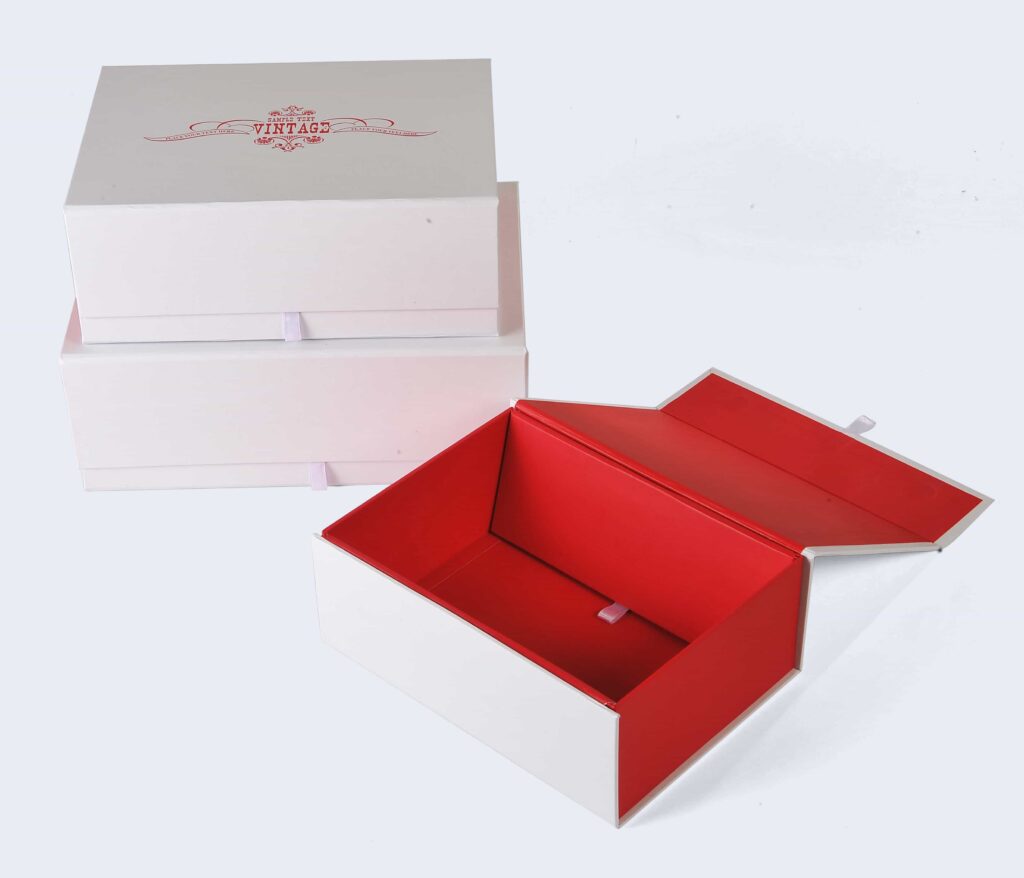
Collapsible/Foldable Rigid Boxes: Marrying the convenience of a folding carton with the luxury of a rigid box, these can be flattened for storage or transport and then easily assembled. They’re often used for e-commerce luxury items to save on storage space.
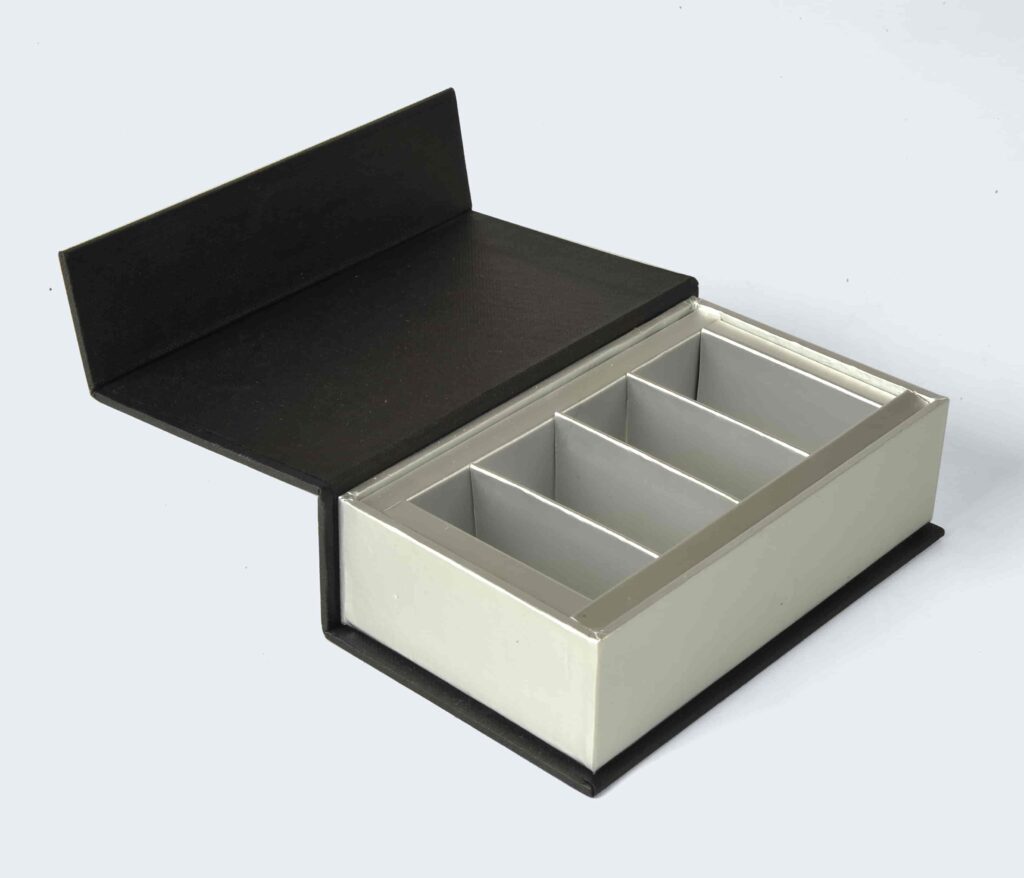
Magnetic Closure Boxes: A modern take on the rigid box, these come with integrated magnets in the flap or lid. They provide a satisfying snap shut action, ensuring the box remains closed when it should. They’re especially popular with high-end tech or fashion products.

Shoulder and Neck Boxes: A two-piece box where the base contains a “neck.” The lid slides over both the base and the neck, creating a tiered, dramatic reveal when unboxing. This style is often seen with premium liquors or limited edition products.

Drawer Boxes: Reminiscent of a drawer, these boxes slide out horizontally, often with a ribbon or tab aiding the motion. They’re ideal for products that benefit from a side reveal, like luxury stationeries or artisanal chocolates.

Hinged Lid Boxes: In these boxes, the lid is permanently attached to the box’s base, typically along one side, acting like a hinge. It’s convenient and commonly used for jewelry boxes or high-end cosmetics.
Paper Weight Suggestion:
Rigid boxes primarily rely on their sturdy chipboard or greyboard core for their structure. However, they are often wrapped in fine papers to provide the aesthetic appeal. The wrapping paper, often art paper or specialty paper, generally ranges from 120-150gsm. It’s essential to strike the right balance between the paper’s weight and the desired finish. If you’re looking to add textures or other embellishments, you might require a slightly heavier paper.
3. Corrugated Boxes
Corrugated boxes are the unsung heroes of the packaging world. Comprised of a fluted corrugated sheet sandwiched between two flat linerboards, they’re known for their durability and strength. While often associated with shipping and storage, advancements in printing technology mean they’re seeing increasing use in retail and point-of-sale locations.
Benefits:
- Durability: The corrugated structure provides an unparalleled strength-to-weight ratio, making these boxes perfect for protecting products during shipping.
- Cost-Effective: Typically cheaper to produce than rigid boxes, they’re an economical choice, especially for larger product runs.
- Sustainability: Made from renewable resources and highly recyclable, corrugated boxes are favored by brands with an eco-conscious audience.
- Customizability: With modern printing techniques, these boxes can be printed with intricate designs, turning them from mere shipping containers into brand-building tools.
Applications:
Used across a plethora of industries, corrugated boxes protect everything from fresh produce and perishable food items to electronics and fragile items. E-commerce platforms rely heavily on corrugated boxes for shipping goods to consumers.
Variations:
- Shipping Cartons: These are the most common types of corrugated boxes and are primarily used for transporting goods from one place to another. They come in various sizes and strengths depending on the weight and size of the items to be shipped.
- Mailer Boxes: A popular choice for e-commerce businesses, mailer boxes are designed to provide both product protection and unboxing experiences. They typically come with a fold-over lid and can be easily branded with prints, patterns, and logos for a personalized touch.
- Display Boxes: Designed to showcase products at retail points, these corrugated boxes come with special cutouts or shelves, making products easily visible and accessible.
Paper Weight & Construction Tips:
Unlike rigid and folding cartons, corrugated boxes aren’t typically defined by GSM. Instead, they’re categorized by their flute size (B, C, E, etc.), and the number of walls. However, it’s common to overlay the corrugated material with printed art paper (around 150-200gsm) to enhance its visual appeal, especially for retail packaging. For those aiming to double up on durability, a combination of different flute profiles can be used in double or triple wall constructions.
Consider the weight and fragility of the product, as well as the intended use of the box (e.g., shipping, retail display). If sustainability or eco-friendliness is a priority for your brand, corrugated boxes might be an excellent choice. Additionally, consider any branding or design elements. While corrugated boxes were once seen as plain and functional, advancements mean they can now be as aesthetically pleasing as any other box type.
Choosing the Right Box Style: Insights from an Experienced Paper Boxes Supplier
- Assess Your Product’s Needs: Before selecting a box style, understand the needs of your product. Is it fragile? Does it require additional protection? The type of product you’re packaging will significantly influence the style of box you choose.
- Consider the Unboxing Experience: Especially relevant for e-commerce brands, the experience of unboxing a product can leave a lasting impression on customers. Rigid boxes and well-designed mailer boxes are often popular for this reason.
- Think About Transportation: If your product is going to be shipped, consider factors like weight, potential rough handling, and the need for protective fillers. Corrugated boxes might be ideal due to their sturdiness.
- Budget Constraints: Your budget will play a key role in determining the box style. While rigid boxes convey luxury, they’re generally more expensive than folding cartons. It’s essential to find a balance between quality and cost.
- Brand Image & Marketing: The box style should reflect your brand’s image. High-end products might opt for rigid boxes with quality finishes, while eco-friendly brands might prioritize sustainable kraft or corrugated materials.
- Sustainability Considerations: More consumers are prioritizing sustainability. Consider using recyclable or biodegradable materials if this aligns with your brand values.
- Feedback and Prototyping: Before finalizing a design, consider getting feedback from potential customers or stakeholders. It’s also beneficial to prototype your box to ensure it meets all your needs.
- Work with a Reliable Supplier: A seasoned paper box supplier can provide invaluable insights, recommend appropriate materials and finishes, and help optimize your design for manufacturing.
Conclusion
Navigating the realm of box styles can be intricate, but with a clear understanding of each category and its applications, you can make an informed decision that complements both your product and brand. Partnering with an experienced paper box supplier, like us, can further streamline this process, ensuring you get the best packaging solution tailored to your needs.
Need detailed suggestions for your packaging? Click here to contact our specialist.

